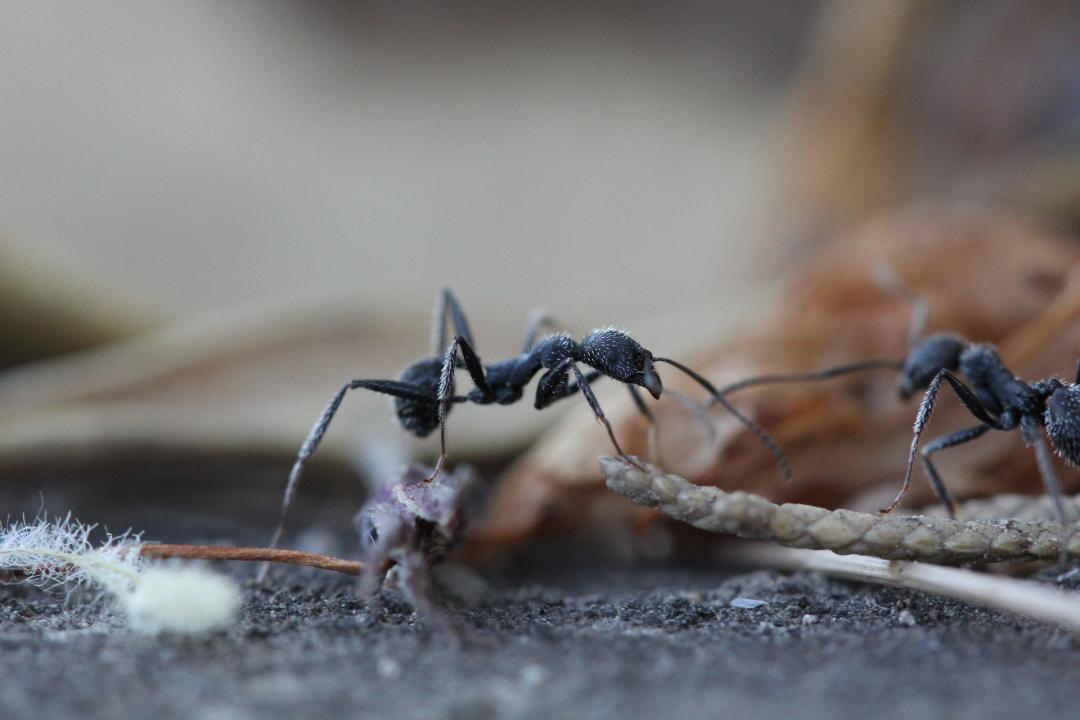To say that diabetes has been around for a while is a slight understatement; after all, diabetes got its first mention a few thousand years ago.
Rewind to 1550 BC: papyrus rolls from Ancient Egypt exist that pretty accurately describe the symptoms of diabetes. Frequent need to pass water, weight loss…...none of this is new to you. And way before Europeans even connected diabetes and sugar, certain Indian tribes in the 4th century BC were well aware of diabetes.
However, diabetes received its first proper treatment in 1921 when Frederick Banting and Charles Best together discovered insulin and saved millions of lives. On the other hand, being able to check your blood sugar and make adjustments, is quite a recent phenomenon. The first blood glucose meters for home use were only introduced to the market during the 80s and were insanely huge and expensive.
Ants and Honey Urine
So how was diabetes recognized in the past? This is the part where ants come into play! A long, long time before urine test strips, blood glucose meters, & CGMs were even thought of, the tiny little insects were proof that someone had diabetes. Sounds weird, right? But it’s true! Seriously – this type of diagnosis can be traced back to the ancient Indians.
If you can imagine it, ants go wild when they stumble across anything sweet. Including sugar in urine. And there you have it: the old school diabetes diagnosis! In 6 AD, The Indian doctor Charaka called diabetes “Madhumeha” which translates to "honey urine.”
He described it like this:
You have a patient with a urinary flow like that of an elephant in heat whose urine is sweet like honey or sugar cane and attracts ants and insects.
So, if you ever run out of test strips, just pee beside an ant hill and let the games begin! ;)
The mySugr website does not provide medical or legal advice. mySugr blog articles are not scientific articles, but intended for informational purposes only.
Medical or nutritional information on the mySugr website is not intended to replace professional medical advice, diagnosis or treatment. Always consult a physician or health care provider with any questions you may have regarding a medical condition.





